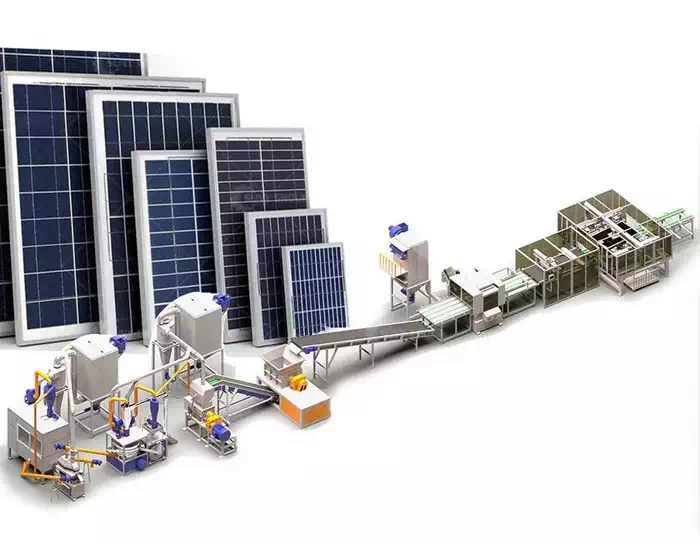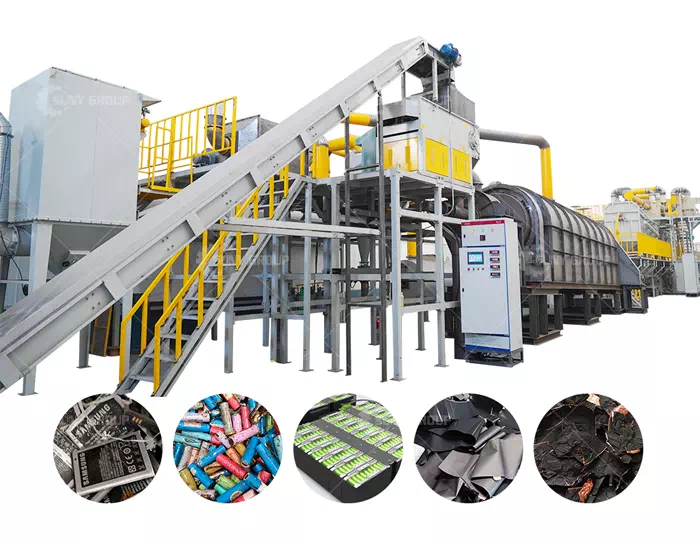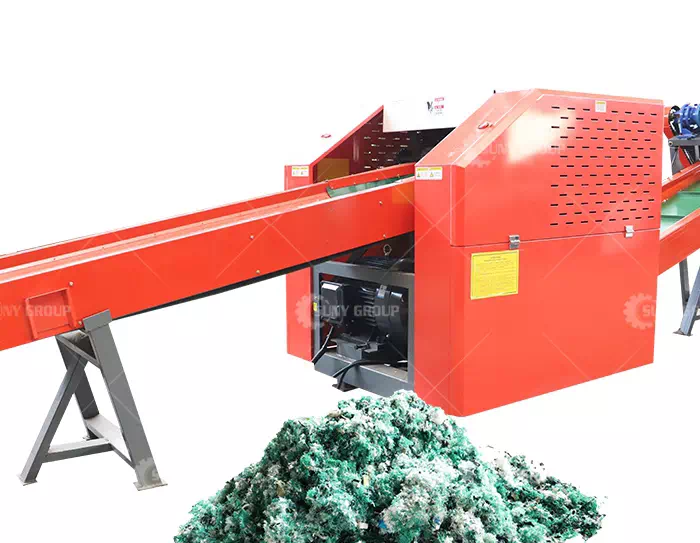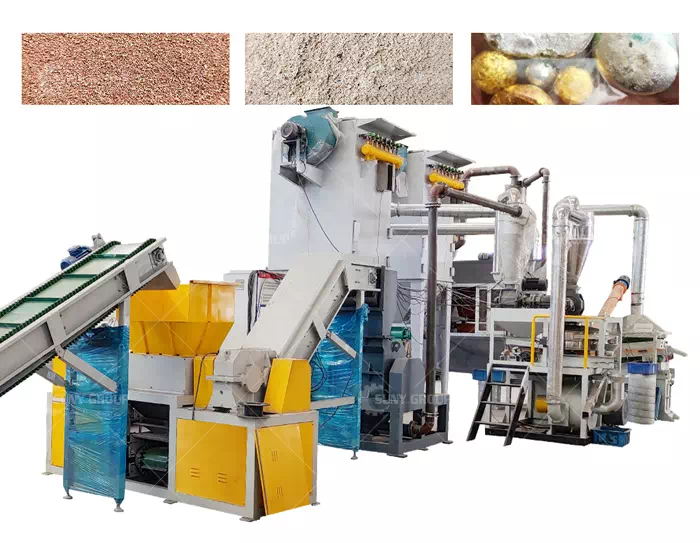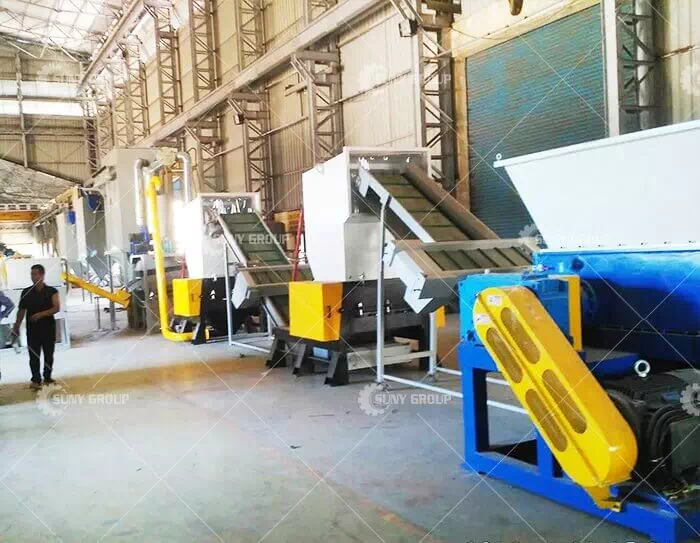Why do cans need to be carbonized and recycled?
With the development of society, cans have become an indispensable beverage and food packaging container in our daily lives. However, if a large number of used cans cannot be effectively recycled and reused, it will not only produce a large amount of solid waste to pollute the environment, but also cause a huge waste of renewable resources. In order to realize the sustainable use of cans, it is necessary to carry out reasonable pretreatment and deep recycling of scrap cans, of which carbonization and paint removal is a key step.
The important significance of carbonizing the paint layer on the surface of cans is:
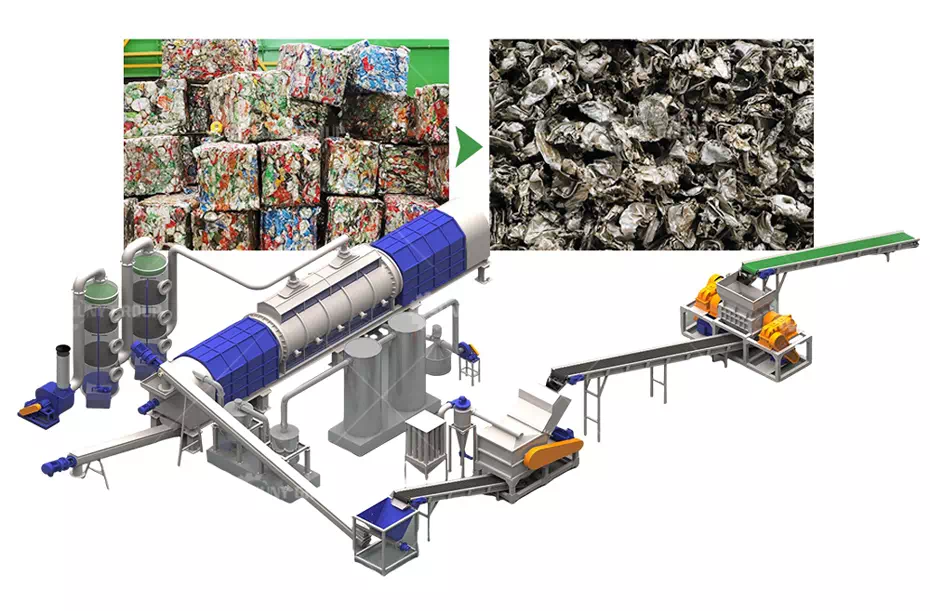
Continuous carbonization and paint removal equipment
1. Remove harmful impurities and protect equipment and operators
The surface of the can is coated with about 2-3% organic paint layer, which contains organic solvents, resins, fillers and colors. Directly putting the entire can into smelting will produce harmful gases and smoke, pollute the smelting equipment, and affect the working environment and the health of operators. Carbonization can effectively remove paint layers and protect equipment and employees.
2. Reduce oxidation and increase aluminum recovery rate
During high-temperature smelting, the paint will burn off and produce a flare, causing serious oxidation of the aluminum metal. Oxidation will cause a large amount of metal loss and reduce the recovery rate of aluminum. Carbonization pretreatment can avoid oxidation reactions and maximize the recovery of aluminum resources.
3. Improve alloy quality and ensure reuse value
Impurities such as gas and dust produced by the burning of the paint layer will dissolve into the molten aluminum and become inclusions that are difficult to remove, reducing the quality of the alloy. Carbonization removes these impurities and produces pure, high-quality recycled aluminum alloys.
4. Reduce energy consumption and reduce production costs
Without carbonizing the cans, the oxidation reaction during the smelting process will form a large number of flares and increase the heat loss of the furnace. Carbonization treatment can reduce oxidation reaction and fire consumption, reduce smelting energy consumption, and save production costs.
Specific processing technology for carbonation of cans
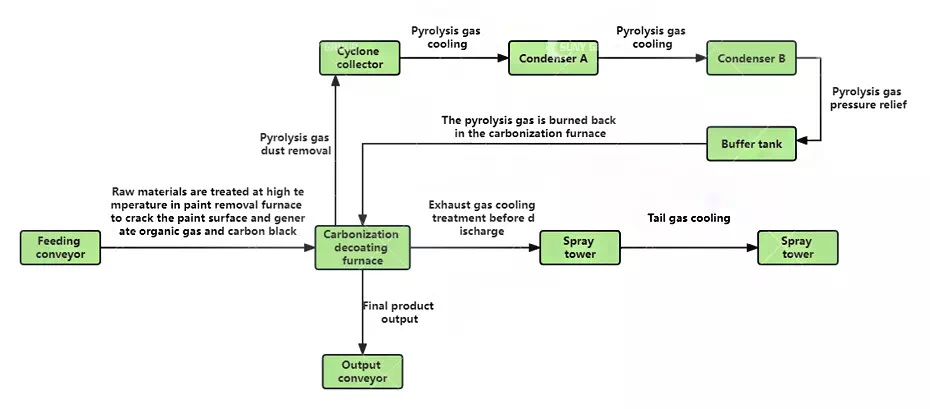
Carbonization paint removal process
1. Shredding: Use a coarse shredder to shred the entire can into 50-100mm pieces for easy processing in the next step.
2. Grinding: Use a pulverizer or hammer crusher to further crush the fragments into small particles with a diameter of about 30mm.
3. Magnetic separation: remove iron impurities in the fragments through a magnetic iron remover.
4. Carbonization and paint removal: The iron-removed pieces are heated in a refractory brick kiln, carbonized at high temperature under oxygen-deficient conditions, and evaporate to evaporate the organic components in the paint.
5. Screening: The carbonized broken materials are classified through a drum screen to sort out aluminum carbide granules of different particle sizes for smelting and utilization.
By adopting standardized pretreatment and in-depth recycling of scrap cans, we can not only maximize the recovery of aluminum resources, but also reduce pollution, reduce energy consumption, and improve economic benefits. The continuous carbonization and paint removal equipment developed and manufactured by SUNY GROUP is not only environmentally friendly and efficient, but also has a wide range of applications, greatly improving the recycling and reuse rate of cans.
Recommend products
CONTACT US:
If you have any requirement or suggestion, please fill in the form and send to us, thanks!E-mail:sunymachine@gmail.com | Whatsapp:+8613674945231


